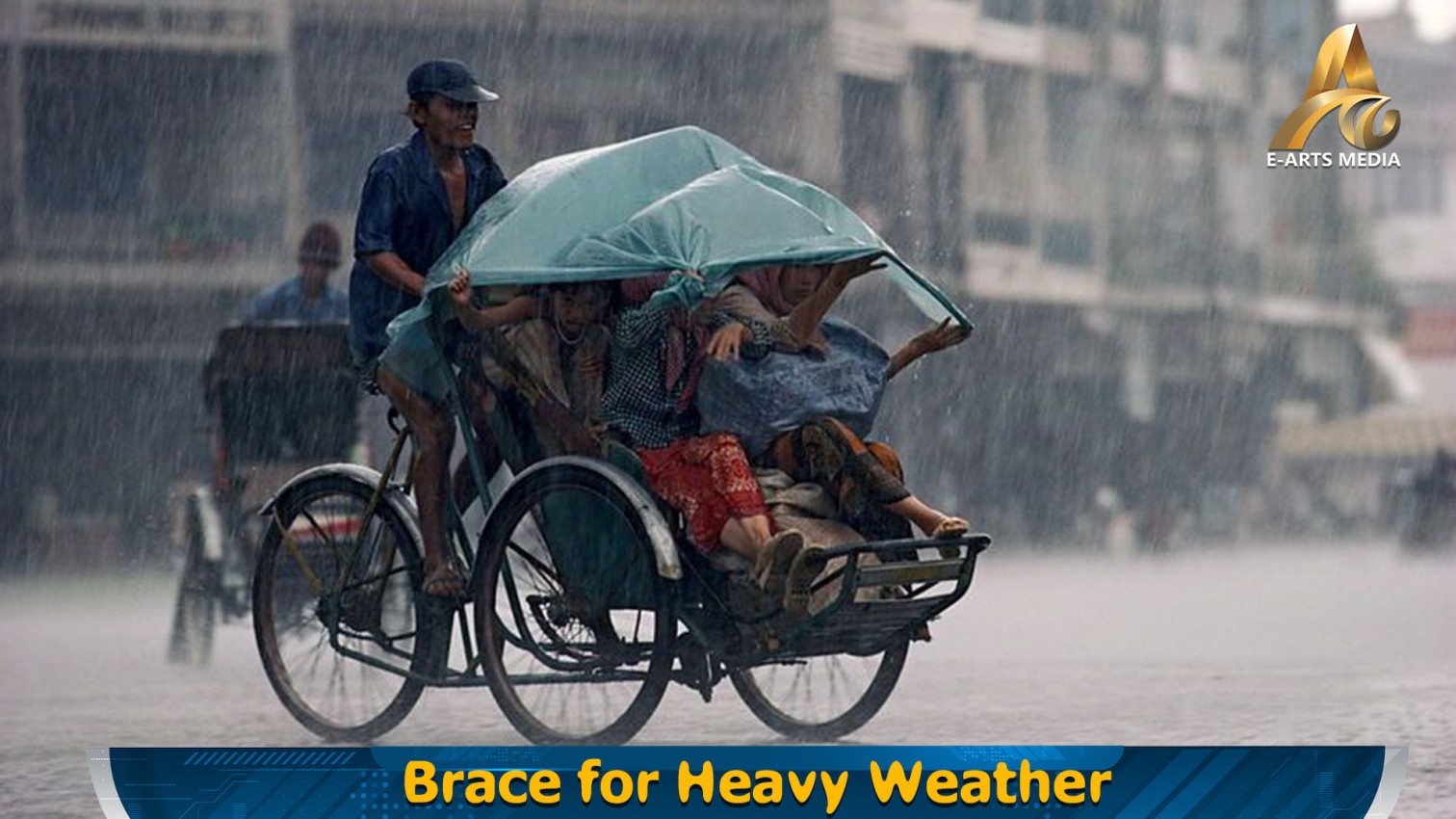PHNOM PENH, August 19, 2024 — A female yellow-cheeked crested gibbon from Group 2 (G2) at Jahoo Camp has given birth, increasing the group size to six, according to USAID Morodok Baitang.
Supported by USAID Morodok Baitang through World Hope International-Cambodia, the Jahoo research team has been closely monitoring this gibbon family since 2013, marking the longest period of observation among the four family groups under study.
Yellow-cheeked crested gibbons, which are classified as globally endangered, organize themselves into family groups with lifelong mating pairs and offspring spanning multiple generations. These gibbons learn crucial survival skills and feeding strategies until they disperse at about eight years of age. Female gibbons birth a new offspring only every two to three years, making each new arrival a significant event.
Keo Seima Wildlife Sanctuary in Mondulkiri province provides a sanctuary for the largest known population of these gibbons. However, the species is under threat primarily due to habitat destruction and illegal hunting for the pet trade.
To counter these threats, USAID Morodok Baitang collaborates with World Hope International-Cambodia to aid the Jahoo Camp research team in their ongoing efforts to monitor and acclimate four yellow-cheeked gibbon family groups. This initiative helps protect these gibbons from potential extinction in Keo Seima Wildlife Sanctuary.
Additionally, the research team has expanded the gibbon habitat management area by 445.5 hectares in the first half of this year, bringing the total protected area to 691.3 hectares.
























